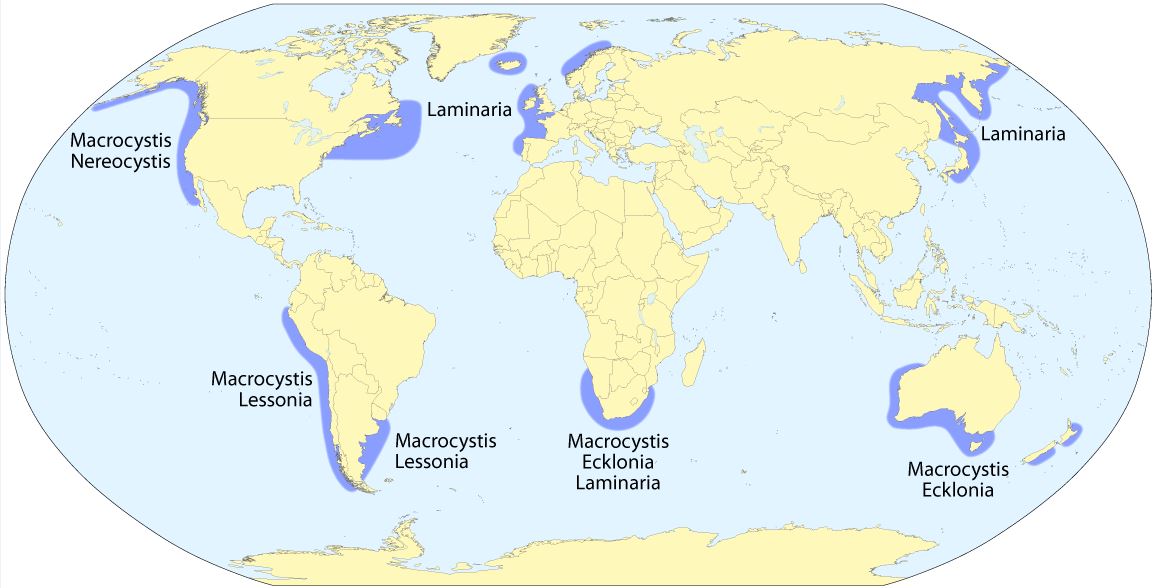Table of Contents
COP – 14 and Sharm El-Sheikh Declaration | UPSC – IAS
Recently, Conference of the Parties (COP-14) to the Convention on Biological Diversity (CBD) was held, adopting Sharm El-Sheikh Declaration.
Highlight of COP-14
- Adoption of Sharm El-Sheikh Declaration on Investing in Biodiversity for People and Planet.
- Governments commit to mainstream biodiversity through, integrating biodiversity values in legislative and policy frameworks, and development and finance plans.
Other Significant Highlight
- New Deal for Nature: It is an agreement on a comprehensive and participatory process to develop post-2020 global biodiversity framework to further achieve the 2050 Vision for Biodiversity.
- Launch of International Alliance of Nature and Culture to advance work on biological and cultural diversity in collaboration with the United Nations Educational, Scientific and Cultural Organization (UNESCO) and indigenous peoples and local communities.
- It called for UN General Assembly to designate 2021 to 2030 as the UN Decade of Ecosystem Restoration.
Convention on Biological Diversity (CBD) | UPSC – IAS
- Aim: To promote the conservation of biodiversity, the sustainable use of its components, and the fair and equitable sharing of benefits arising from the use of genetic resources.
- It’s a near universal convention with a participation of 196 member countries. Protocols adopted under the Convention.
- Cartagena Protocol on Biosafety: It seeks to protect biological diversity from the potential risks posed by living modified organisms resulting from modern biotechnology.
- Nagoya Protocol on Access and Benefit Sharing: It aims at sharing the benefits arising from the utilization of genetic resources in a fair and equitable way, including by appropriate access to genetic resources and by appropriate transfer of relevant technologies.
The Strategic Plan for Biodiversity includes a vision for 2050, five strategic goals and twenty Aichi Biodiversity Targets, mostly to be achieved by 2020. The twenty Aichi Biodiversity Targets are grouped under five strategic goals:
- Address the underlying causes of biodiversity loss by mainstreaming biodiversity across government and society
- Reduce the direct pressures on biodiversity and promote sustainable use
- Improve the status of biodiversity by safeguarding ecosystems, species and genetic diversity
- Enhance the benefits to all from biodiversity and ecosystem services
- Enhance implementation through participatory planning, knowledge management and capacity building.
The 2050 Vision stresses the role of biodiversity for human wellbeing: “biodiversity to be valued, conserved, restored and wisely used, maintaining ecosystem services, sustaining a healthy Planet and delivering benefits essential for all people”.











